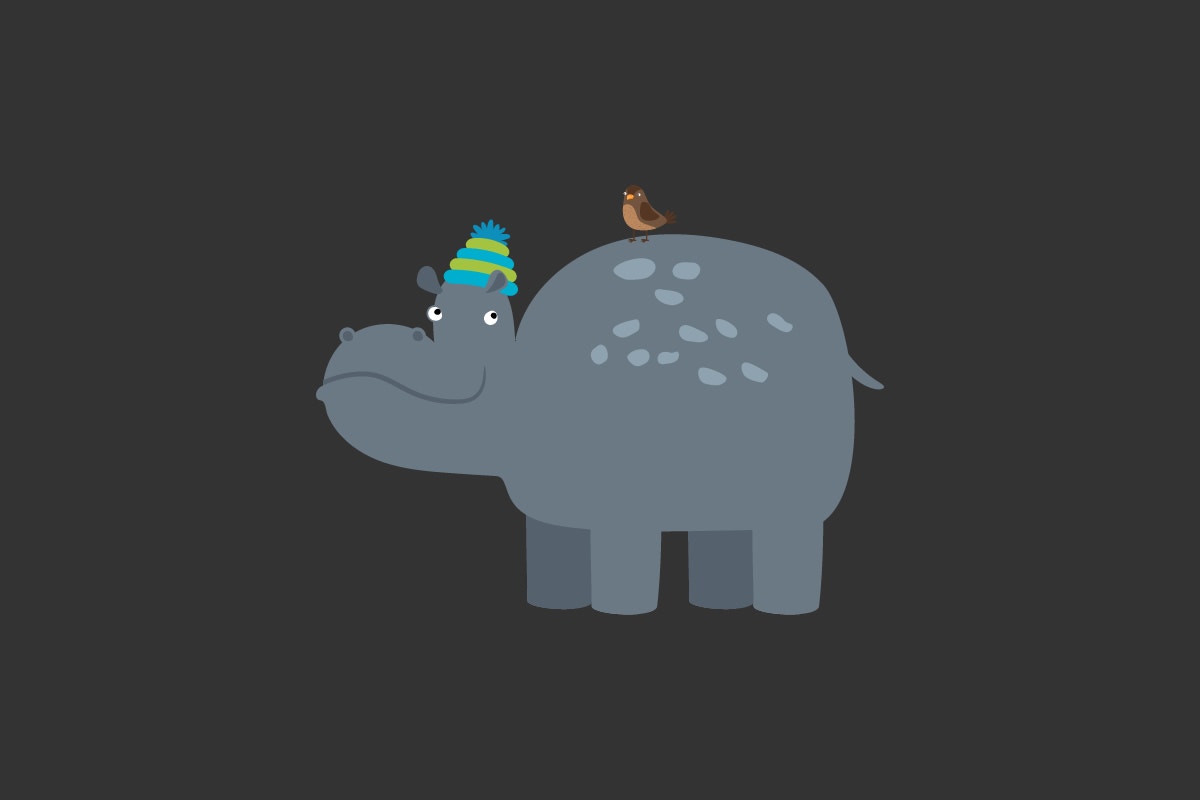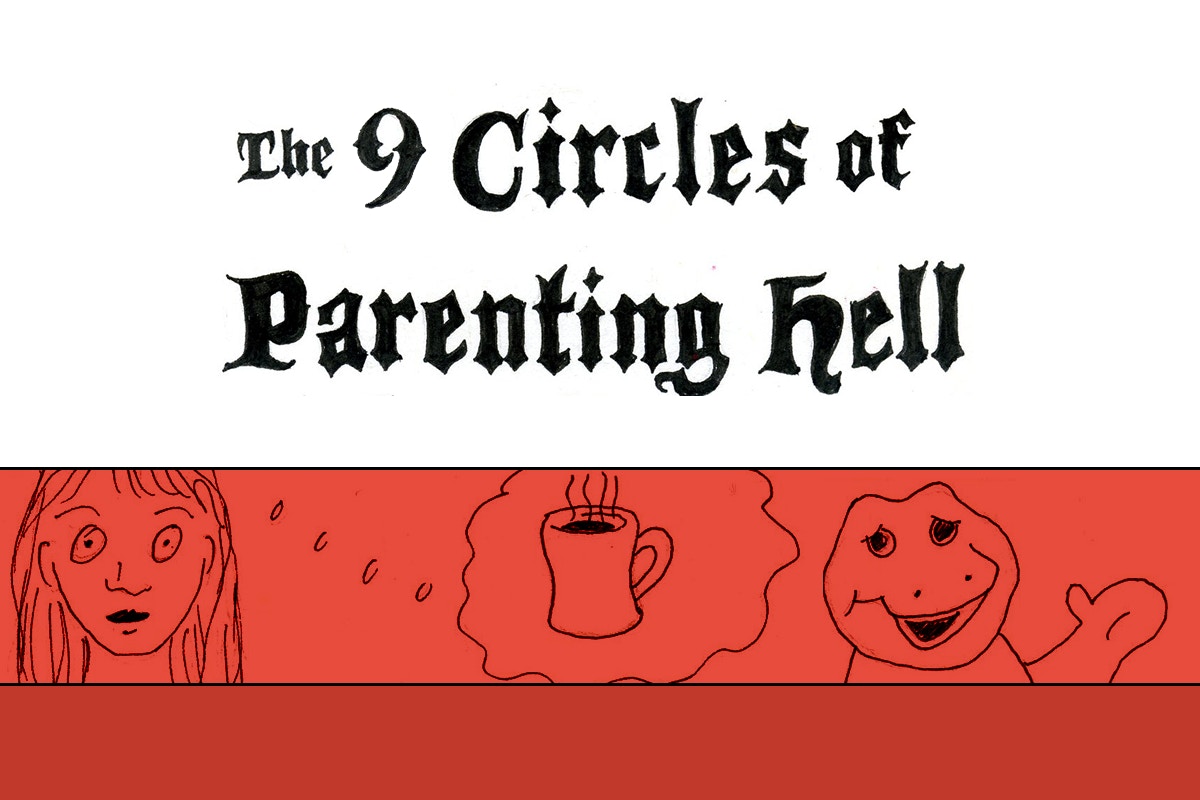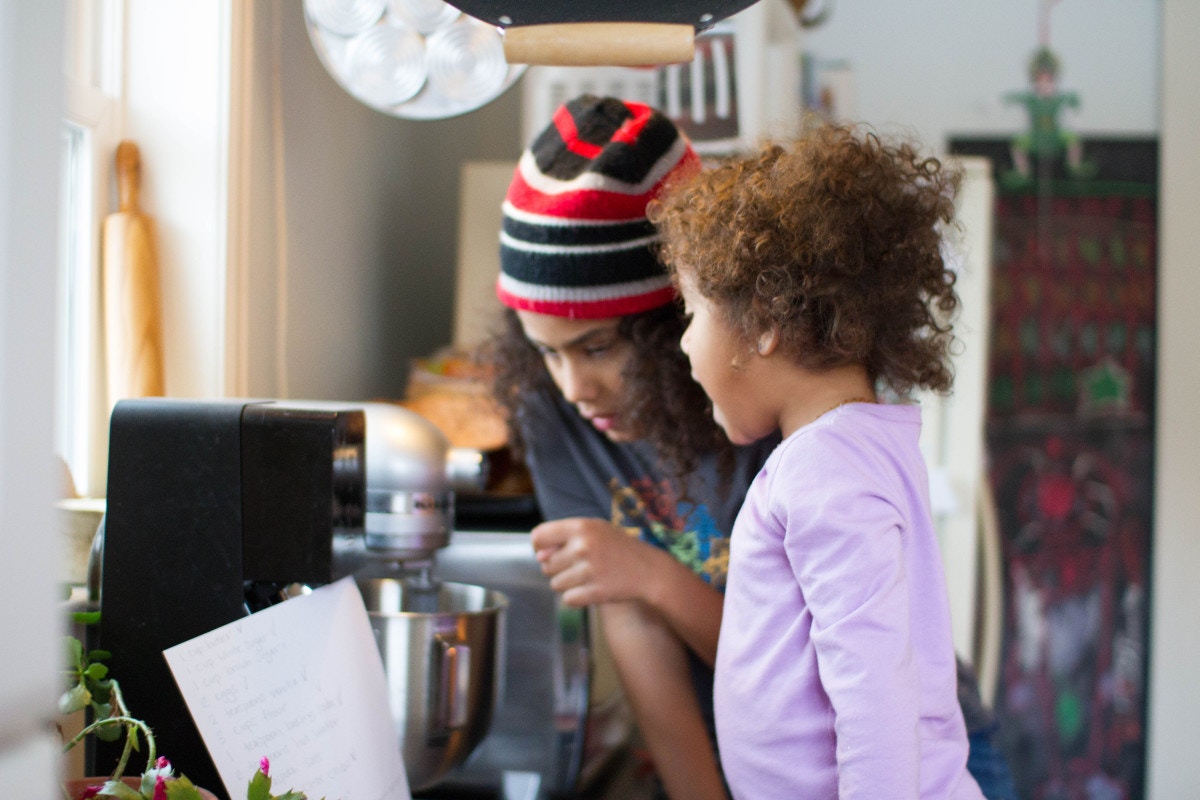Theres a major plot twist at the end of But NOT the Hippopotamus, Sandra Boyntons heart-wrenching tale of exclusion, sorrow and, ultimately, redemption. Its the kind of plot twist that comes completely out of left field, like when that random Massachusetts State Police officer/apparent FBI informant (SPOILER ALERT!) kills Leonardo DiCaprios character at the end of The Departed. After pages and pages of being ignored by seemingly every other animal in the kingdomor at least the ones that like to dine, try on hats, and go for jogs togetherthe hippopotamus finally gets the (sympathy?) invite to join the rest of the gang. But thats not the real twist. Any six-month-old could have seen that left turn coming. No, the real twist comes on the last page, almost as a throwaway. It reads, simply, But NOT the Armadillo. Thats cold. Boynton no doubt intended it for our childrens amusement. Its just so utterly random and unnecessary. The Armadillo doesnt appear anywhere in the story until the final page, and gets instantly rejected upon entering the picture. And in a mocking way, too. Like,
Just kidding, Hippo. Well begrudgingly invite you into our little jogging/dining/shopping club. I mean .at least youre no Armadillo! What does Boynton have against armadillos? Whatever it is, shes not aloneat least not among childrens-book authors. Peggy Rathmann takes a much more subtle shot at armadillos in Good Night, Gorilla a story about a zoo jailbreak thats light on dialogue but heavy on visual effects. The Armadillo is the last one the Gorilla breaks out of the zoo (after the Elephant, the Lion, the Giraffe, the Hyena and even a damn mouse tasked with carrying the Gorillas banana for him!).
Adding to the slights, the Armadillo is last in line when all the animals follow Joe Zookeeper single-file all the way home. Even the mouse has the better pole position. Its a limited sample size. But clearly, armadillos get no respect in books meant for babies and toddlers. In fact, based on the books Ive read my 15-month-old 237 times (in the last week), Id say armadillos are at the very bottom of that fictional food chain, trailing caterpillars, ladybugs, bees and, yes, mice. Where do all the other animals rank? Glad you asked. There are 8.74 million animal species on Earth. For the sake of brevity, Ill limit my list to 25. 8.74 millionth: Armadillos . 25. Rhinos: Hippos and Rhinos are basically the same thing. Both are rotund, leathery, clumsy, easily mocked mammals that live primarily in Africa. In fact, Rhinos are seemingly coolerat least to a childbecause they have horns.
But while Hippos are everpresent in your childs books, Rhinos are scarcely mentioned. Yeah, the Hippo gets ignored in But NOT the Hippopotamus; but Rhinos are ignored by virtually every author out there. Of the hundred or so childrens books Ive read to my child, a Rhino has appeared in exactly one of them: The Zoo. And he (actually its a she) only appears as part of an ensemble, mixed in with the likes of kangaroos, camels and puffins. Not much of a showing. 24. Kangaroos 23. Llamas/Alpacas 22. Camels 21. Fish (all of them theres rarely a distinction) 20. Geese: Geese get plenty of attention in childrens books. But not necessarily by name. And that tends to create confusion. Its not always clear whats a goose and whats a duck. Geese tend to blend into the background of your kids books. And when they are mentioned by name, its usually only as a means of furthering the plots of more prominent characters like a dog or a horse. Maybe Im being too nitpicky with the poor geese.
All I can tell you is this: When I ask my son, What does the duck say? he immediately responds with a quack! (or kack). When I ask him what a goose says he gives me a blank look that roughly translates to, Um where are those building blocks again? 19. Snakes 18. Whales 17. Deer 16. Frogs 15. Pigs: You would think these guys would be higher up on the list. Perhaps studies have shown that the pig noses and oinking sounds parents inevitably make when reading about swine actually frighten children. I could see that. Or maybe pigs are such filthy animals that they were deemed too unsavory for babies and toddlers eyes. Whatever the reason, Babe is the rare farm animal that doesnt get a ton of ink in childrens books. 14. Ducks (dragged down by their association with geese) 13. Rabbits/Bunnies/Hares (though you could make the argument that
Bunny Rabbits rank higher) 12. Zebras (the stripes are appealing to baby, but Zs can be hard to say) 11. Giraffes (even harder to say) 10. Horses: Neigh doesnt roll off the tongue the way moo, woof or roar do. And Ive yet to encounter a childrens book in which a horse was the main character. But horses are everywhere, if not always fully noticed. 9. Elephants (the trunks are a big hit) 8. Cows (what pigs aspire to be) 7. Cats (my kid said cat before he said Mama or Dada) 6. Dogs (babys best friend) 5. Monkeys: Like fish, this is an all-encompassing term. Monkeys, gorillas, chimps, apes, orangutanstheyre all the same in childrens books. Five Little Monkeys Jumping On the Bed gets my kid going just as easily as Good Night, Gorilla and the chimps in
The Zoo. You know why? Because monkeys embody every characteristic he holds dear: complete disregard for the rules, an unquenchable thirst for mischief, a knack for unintentionally inflicting bodily harm on himself and others, and an insatiable appetite for bananas. 4. Hippos (the muse of many a childrens-book author the Edie Sedgwick to their Andy Warhol) 3. Lions (and ) 2. Tigers (and ) 1. Bears: Oh my! Yep, lions are not the King of the childrens-book jungle. Bears are far more deified. Authors contemplate what Brown Bears see and what Polar Bears hear, and devote an entire book (Your Are My I Love You) to examining the Papa Bear-Baby Bear relationship. In Each Peach Pear Plum, three bears are portrayed as lovable protagonists despite accidentally firing their hunting rifles (twice!), including once in the general direction of a baby! In
The Big Hungry Bear, the bear never actually appears on the page, and instead serves as a manipulative omnipresent narrator, bullying a poor mouse into sharing his hard-earned strawberry with him after having a near panic attack from the bears scare tactics. Bears will eat all your blueberries and blackberries (in Jamberry) and your sandwich (in, you guessed it, The Bear Ate Your Sandwich) without any handwringing or repercussions. Its like theyre mob bosses, ruling by instilling fear rather than inspiring love. Even the authors are too scared to fuck with them. That said, it makes sense that bears rule the animal kingdom in our childrens books. Their portly appearance makes them perfect for snuggling in a crib (after all, there are no Teddy Lions or Teddy Tigers).
And that extra heft makes them more relatable to kids who still havent shed their baby fat. The authors may be honoring them out of fear, but to a 2-year-old, bears are soft, non-threatening, lovable creatures. Being loved will get you a lot of attention in childrens books. Even more than being mocked. *Note: I have not read every childrens book in existence. If I have left your kids favorite animal out of the rankings, I apologize. Maybe next year.



